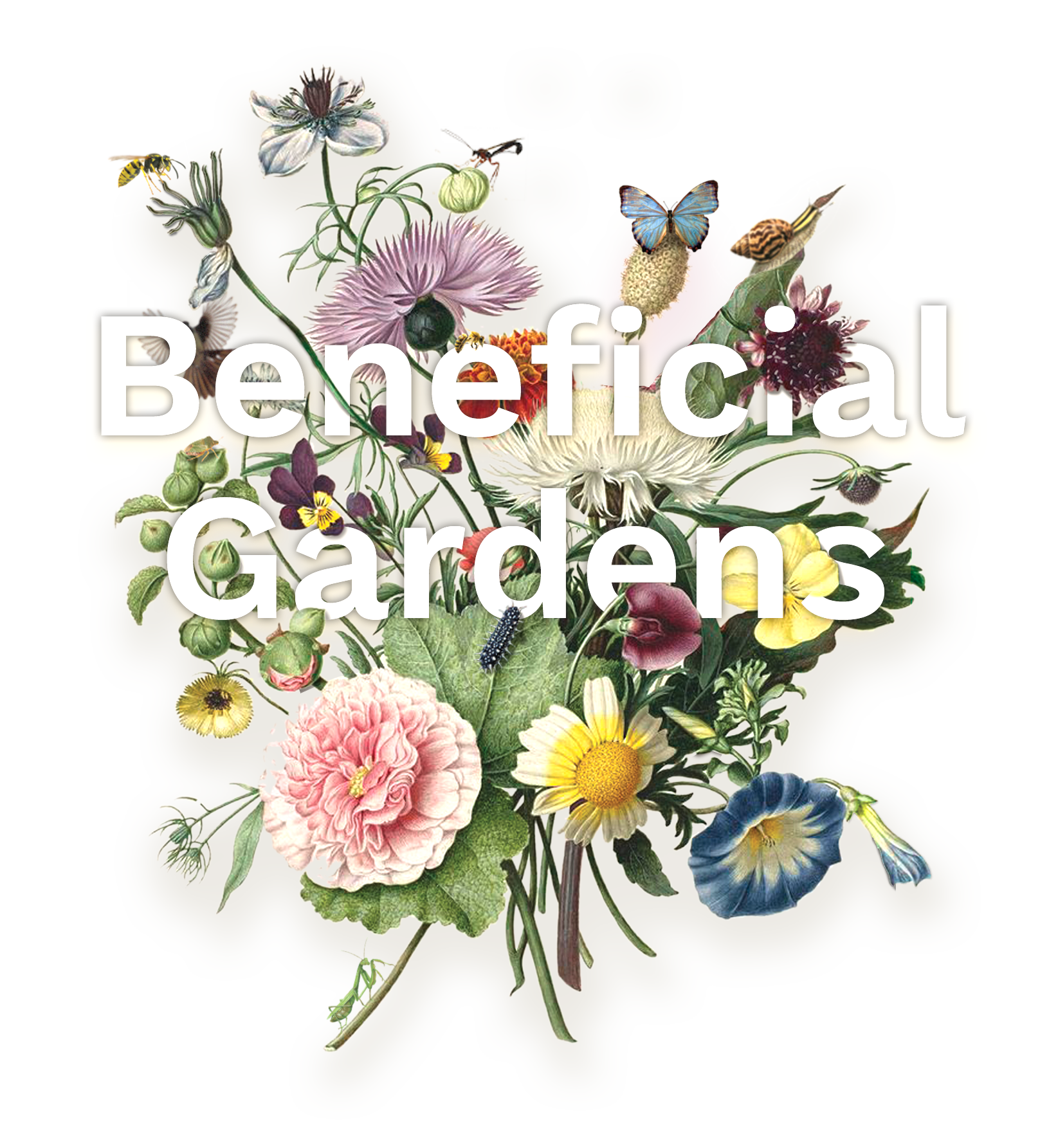Pools to Native ponds
Music to contemplate with
The day you switch off your pool motor and ditch the chlorine is the day you start a urban wildlife waterhole.
Pool to pond
Converting your chemical driven pool to a pond is a easy natural process.
Natural water as in rain falling from the sky is a cosmic mix of life and when a body of water forms like a pond, billabong or stream in the natural world community begins to grow.
When you sit beside your pond you will notice the tall reeds moving in the breeze a blue dragonfly skimming and gliding over the surface. Orange and blue fish navigating through the reeds in the shallow end of the pond.
Birds diving, darting and landing for cool drink of water this is the ecosystem "community" in which you can see.
But just under the glassy surface of your pond is a very large community, naked to your eye, consisting of thousands of particle of life, and each particle has its own role to play in the aquatic world. This ecosystem is very complexe but in that complexity is its perfect balance of survival.
We who sit on the edge of the pond have a very little role, to play.
We only having to add some natural elements and the community of the pond, will take over.
The Balance of life.
Like all living beings your pond will need air to breath and nutrients to feed. To do this we need to add plants green space to this water. As our own life depends on plants filtering oxygen, so does the life in the water.
Plants that have roots in the water and their leaves above the water are transferring oxygen into the pond while photosynthesising during the sunlight of the day. Water plants root systems under the surface are removing and release oxygen, above the water during the day. But unlike land plants, aquatic water plants continue to release oxygen during night time to.
Fully submerged plants like underwater Eel grass (Vallisneria) also affect oxygen levels during the day but stop during the night.
Air as in wind ripples across the surface of your pond this CO2 enters under the surface of the pond which the water takes in for oxygen. The pond returns this favour and releases air from under its own surfaces, this exchange is happening constantly even when the pond is still.
Decomposition the breakdown of organic waste, such as fish poop, leaves, flowers, seeds can affect the pond by removing oxygen in the water.
The Key is Moderation Use lots of water plants because they keep the pond aerated, reduce algae and balance nutrients levels which can suffocate a pond. These plants can be easily propagated or divided so you can reduce your costs greatly in plants.
Do not clean and scrub the sides of your pond because these microbes help your pond stay clean. Have a small amount of fish because they pollute the water.
The basic formula is no less than 8 square metre surface of your pond for air. 1/3 to 2/3 of your pond covered in native plants that can be edible and some ornamental above and below the surface placed around the outside of your pond, Include lots of water lilies to shade the water.
Place one fish for every 2 square metres of surface no more than 4 to 5 fish in this size 8 square metre pond being ornamental or edible fish.
A pond can take up to two years to adjust.
This is a no pump method as you would in a native pond, your pond will take time to adjust from lime green to clear this can be a satisfying process as you see your pond naturally adjusting.
Adding a pump to push water up into air to circulate the water for about 6 hrs a day can help to increase the speed of adjusting and balance of your pond from green lime to clear.
Once you have a good colour in your pond water and have found that sweet spot with the ratio of plants, fish and bacteria you can remove the pump and enjoy your pond.
I have only covered the basic of this subject, but as you can start to see the value in a native pond for its beauty, grace, colour and good energy. Your expenses and bills will reverse into your pocket instead of out of pocket form using no amenities such as power, chemicals and maintenance which adds up to dollars every month every year. Nutrient rich pond water provides the best food source form delicious edible water chestnuts, freshwater herbs or even aquaponic lettuce and vegetables to tasty fresh water fish like trout or barramundi from your pond to your own plate with no toxins, transportation of polleting carbone. The nutrient rich pond water can be poured over your dry garden, pot plant and herbs or as emergency reservoir of water for your garden in troubled times of drought.
Your pond is a sustainable system in itself.
I would read any resource you can find on this subject you may find in the category of beautiful books at kisskisslovegifts.com.au some of these books or employ a professional like ourselves for experience in the design and conversion of your pool to a beautiful sustainable pond of life.
Article written by Paul Lambert of
Beneficial Gardens Sustainable Landscapes
Western Australia.
Paul 0404297100 :)











